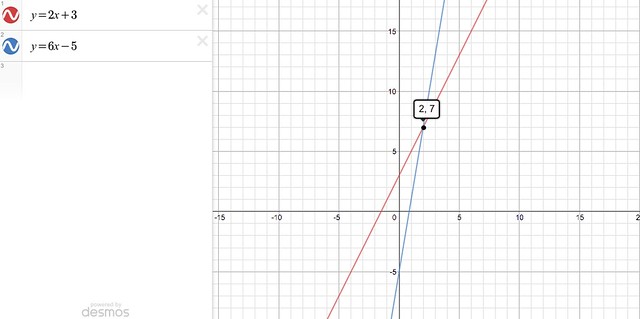Let’s go on a road trip!
When I teach geometry, especially geometry involving angle measures like this problem, I like to describe the process of solving a problem as taking a little road trip. I describe it this way because this is how I personally feel when solving a problem like this – my eyes rove around the figure from one intersection to the next, and I hop in my little math car and drive along lines and stop at intersections to figure out where I am. Geometry is a very visual discipline, and as a visual learner, I have the most fun when I can trace a physical journey around the problem, solving things as I go. So let’s hop in our math car and chase this problem down!
The first step in any problem like this is to sort out what our givens mean. This usually involves a bit of deciphering the image as well; making sure it unpacks and makes sense in your head before you progress further. You have to be able to read the map if you don’t want to get lost in the middle of Illinois with nothing but cornfields for miles! So, in this figure we’ve got two parallel lines, l and m, that are cut by two parallel transversals, n and o. The figure in the center of the lines is a parallelogram – which may or may not be relevant to the problem, but it’s a good thing to state at the outset. My approach is always to state everything you can deduce from the givens as soon as the givens appear; you can always ignore the information later if it’s not needed.
We’ve also been given the values of two of our angles, angle 1 and angle 13, but they’re written as algebraic expressions rather than straight-up numbers. This is where I always ask the student, “Why would they give us the information like this? Why not just tell us the numbers? What are they expecting us to deduce from this?” If the student can answer those questions, they’re halfway through a proof already. In this case, the angles given are a pair of corresponding angles – the upper-left corner of two of the intersections. What do we know about corresponding angles? They’re congruent, which means their measures are equal. So we should be able to simply set those two expressions equal to each other and solve for x. That’s a good place to start, so let’s hop out of the car and do that.
10x – 7 = 7x + 29
10x = 7x + 36
3x = 36
x = 12
Okay, so x is 12. That’s progress, right?
Right?
Well, how does that help us figure out angle 12? Is there some way we should be able to figure out angle 12 just by knowing some of the other angles? Let’s hop back in the car and head over that way to look closer.
Well, looking just at line o, we see another set of corresponding angles – angle 13 should be congruent to angle 9. That’s good, we’re at least at the correct intersection now. Now to get our bearings. Given a single intersection, we basically have two angle measures repeated twice – you can think of them as the pairs of vertical angles, or the pairs of supplementary angles, whichever makes more sense to you. Either way, angle 9 should be congruent to angle 11, and both 9 and 11 should be supplementary to angle 12 and angle 10. That means, whatever value angle 9 is, we can subtract that from 180 to get the value of angle 12.
Okay, sweet. We have a plan. Let’s hop back in the car and go figure out what angle 13 is so we can bring that with us to angle 9.
*road trip montage*
Well, we know what x is now, right? So let’s just plug that back in to our given and see what we get.
X = 12
angle 13 = 7x + 29
7(12) + 29
84 + 29
113
Okay, so angles 1, 13, and 9 should all be 113. (Incidentally, so should angle 5, but that’s for another problem.) Let’s throw 113 in the trunk and drive back over to angle 12!
*changes the radio station*
Let’s call angle 12 ‘y’ for clarity. Angle 12 is supplementary to angle 9, so the two should add up to 180.
180 = 113 + y
y = 180 – 113
y = 67
So angle 12 should be 67 degrees. Problem solved!
Now, for a bit of extra credit…
These types of problems often involve one image that has several different problems to go along with it. If you had other problems to solve with this same figure, you’d be thrilled to know that you now know the values of each and every angle in the figure. They’re all either 113 or 67, set up in supplementary and/or vertical pairs with the existing ones. Finish your road trip and jot down the values of all the other angles in case you need them later!
Angle 12 is 67, which makes angle 10 also 67 and angle 11 113.
*road trip montage*
Corresponding angles makes angles 5 and 7 113, and therefore angles 6 and 8 are 67.
*pit stop for gas and snacks, road trip continues*
And so on until your road trip is finished and your figure is entirely labeled. That’s the power of parallel lines!

